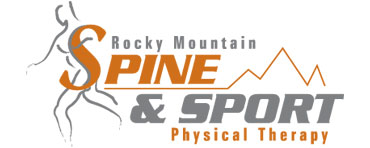BY: Ryan Shelton, DPT, OCS, Cert. MDT, Resident Mentor- Lexington Beaumont- Kentucky Center
Arthritis describes more than 100 conditions involving inflammation of joints and surrounding tissues. The most common type is osteoarthritis, which is arthritis of the bone and its protective cartilage.
If you have been diagnosed with arthritis, you are not alone. As many as 50 million people in the United States are living with OA, according to the Center for Disease Control and Prevention (CDC).
It is a normal process in the body. Most people develop arthritis after age 65, but it can occur at any age. Many studies have shown that the vast majority of people with arthritis have no signs or symptoms of pain.
The best medicine for arthritis is activity. Physical activity has been shown to reduce pain, increase mobility, and improve quality of life.
The CDC focuses its efforts on four areas to help address problems associated with arthritis and to get people back on their feet.
1. Self-management and education: You can manage your pain and lack of mobility with the right help and education. The CDC website has a list of strategies that can help with goal setting, understanding lifestyle choices and how they affect symptoms, and exploring potential barriers that can inhibit your ability to keep up with a regular wellness program. It’s also important to understand what kind of arthritis you have, how it can be managed, and what the expectations are when starting a diet/exercise program.
2. Physical activity: Low-impact, moderate aerobic activity and muscle-strengthening exercises should be included in any program: 2.5 hours per week of moderate intensity, or 75 minutes of vigorous, aerobic activity per week, as well as muscle-strengthening activities at least two days per week are recommended for adults.
Starting an exercise program, however, can be difficult because of pain or stiffness. Physical therapists are equipped to understand your personal needs to help improve your strength, flexibility, and ability to get back to daily activities. A PT will help you achieve your functional goals while working around and reducing pain.
3. Injury prevention: Traumatic injury accounts for the 12 percent of the population that have OA. Early bone trauma due to injury can speed the degenerative process. Although it is difficult to prevent all injury, you can take steps to reduce your chances. Neuromuscular conditioning programs target balance, strength and coordination and are effective at reducing sports injuries. Other considerations should include using good body mechanics with heavy lifting and any repetitive type of work. Good posture reduces loads on the joints while sitting and working.
4. Weight management and healthful nutrition: People who maintain a healthy weight are less likely to develop OA as they age: Every pound loss reduces the knee joint load fourfold, according to the Journal of Arthritis & Rheumatism. Nutrition also plays a role in reducing pain and inflammation. Talk with your doctor or nutritionist about foods that may help you reduce weight or inflammation.
Arthritis is a common problem in the United States, but it doesn’t have to control your life. Talk with your doctor or physical therapist to determine the best course of action in order to regulate pain and improve mobility.
Start by setting short-term goals that target the four areas outlined by the CDC to help you take control and get moving again.
